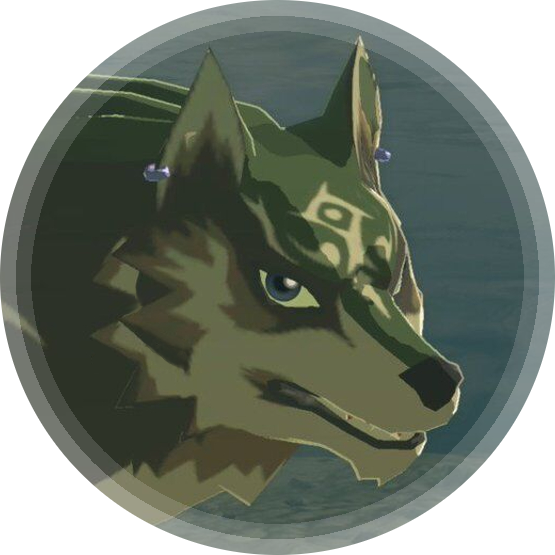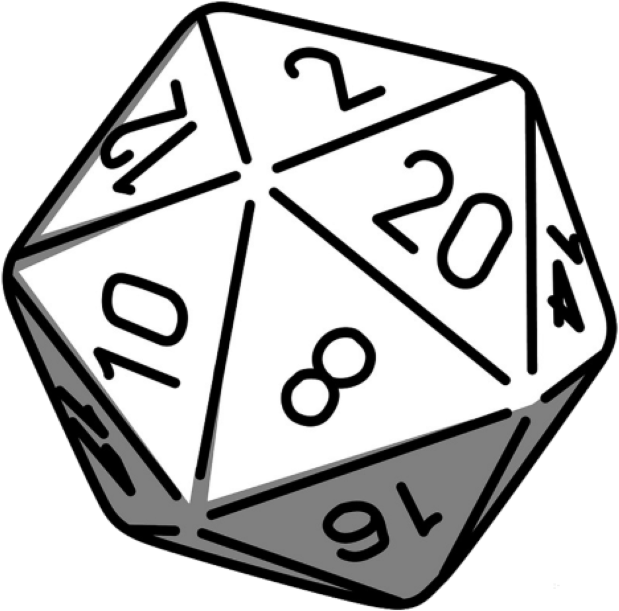- original source: https://www.tumblr.com/firebirdeternal/616605850794065920/you-know-whats-more-fun-than-worldbuilding-that
The post, in case you don’t want to click on an offsite link:
You know what’s more fun than worldbuilding that makes some fantasy races EEEEVIIIIIIILLLLL???
Worldbuilding that gives the different races cultural differences that help explain why there’s a lot of conflict between them:
Goblin culture doesn’t have a concept of “Property”. A stick on the ground and a tool in a locked shed are equally up for grabs if a thing needs doing. They casually take and leave things all over their communities, eat from communal pots, and genuinely Do Not Understand why the Core Races are so Angry and prone to Violence all the time.
Consequently Goblins who live near Core communities develop a reputation as “Thieves” despite not even having a word for that. (The closest word they have is more like “Greedy” and it means a person that hides things so nobody else can use them, and it’s a surefire fight-starter to call a Goblin that)
Common Orc Spiritual beliefs hold that a Soul can only grow stronger by overcoming Challenges in life, and see intruding on another person’s Challenge unasked for as not just Rude, but Deeply Harmful. You’re Stealing their chance to Grow. Asking for help is deeply personal and doing so can be both a way to grow closer with them or a too-personal intrusion, depending on your existing relationship with them. An exception is Children, as far as most Orcs are concerned, all Children are fundamentally the responsibility of the Whole Community, regardless of whose child they are, or even if said child is an Orc at all.
This means that Orcs who live near Core neighbors often seem Rude and Standoffish if not outright hostile, because they neither ask for nor offer aid even in times of trouble, and respond to unasked for aid themselves with Anger. There are even rumors that they Steal Children, because if an Orc finds a child lost in the woods they’re pretty much immediately going to start feeding it, and if they can’t find where to bring it back to, or it doesn’t seem to be well cared for, they’re just gonna keep it.*
I just love the idea. It’s a lot more believable and nuanced than the “this race is inheritely evil/good/dumb/advanced for no particular reason” some RPGs pull off, and makes certain allegedly “evil” races actually playable if you’re not relying on a system that already has them as playable characters.
Do you have any similar homebrew concepts for your versions of Goblins, Kobolds, Orcs, Dwarves etc.?


This is nice. It reminds me of the Piraha notion of ownership. If they swing by someone’s place to use their boat, but the person isn’t there, they’ll just use the boat anyway. Once they return with a catch, the boat-owner gets the first pick (e.g. the biggest fish), because it’s ‘their boat’. So they still have property rights, but they overcome the potential waste of someone not using a boat.
I have cultures’/ races write-ups in BIND.
Here’s some snippets:
Roleplaying Dwarves
Check then double-check.
Roleplaying Elves
The various elven languages have no words for
good',bad’, or `evil’. As a result, elves to not fully understand or use these words, even when speaking other languages.Bread cannot
go bad' -- it has mould. They will never call a songgood’ – the song feels lively, or sounds like a Sunrise, or makes one think of home. They would never call someoneevil' -- they might saydestructive’ oruseless', orselfish’, but never use language which characterizes anything with such a wide notion asgood' orbad’.If someone says
your plan sounds good', make sure to clarify if they mean that they want the results of the plan, or if the plan seems likely to succeed, or if the plan has been stated clearly. And when you hear something isbad’, clarify that too.Roleplaying Gnomes
Think sideways.
Can we apologize to the mage and make amends instead of killing her? Can you use a hammer to communicate? What else do shoes do?
Gnomes see the world from a different perspective. They look up people’s noses all day. Gnomes see the ceiling while others look down at the ground.
Gnomes travel slowly but it looks like a large space to them. From a relative perspective, a travelling Gnome has travelled farther than the rest of the troupe. Are we counting footsteps or miles? Did you know that every mile has 5.280 feet?
Where did the mage commission her traps? Is the architect still alive? Does he have standard schematics for his traps in a workshop where he builds traps for people?
What kind of contract do you make when you sell someone a trap to guard a dungeon? What happens if I roll a boulder down the stairs? Have these traps killed before? Where do the bodies go? Does someone climb down to get them out and do they use a ladder? If we dig out the stream nearby, we could flood the dungeon.
The latest version is a wip, available here (Chapter 4).